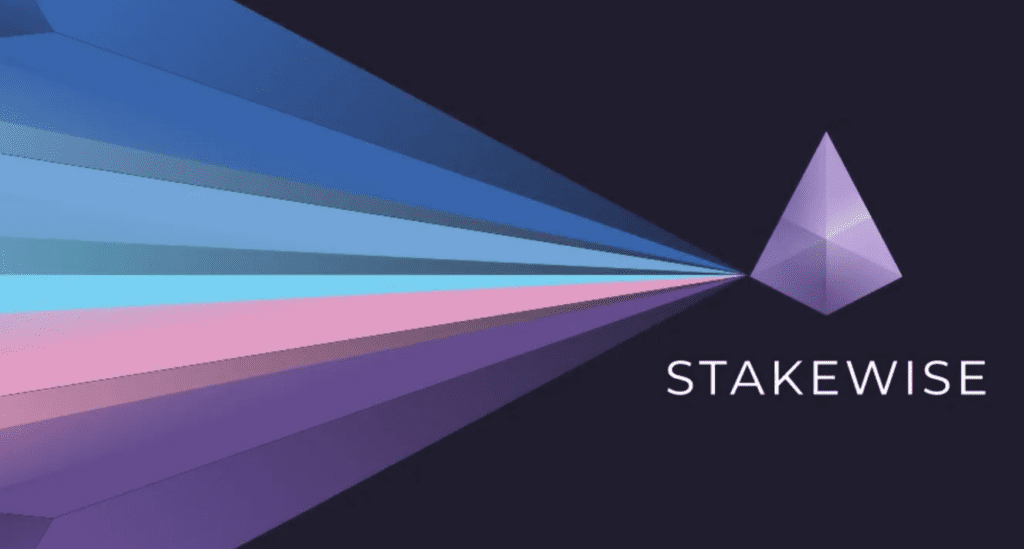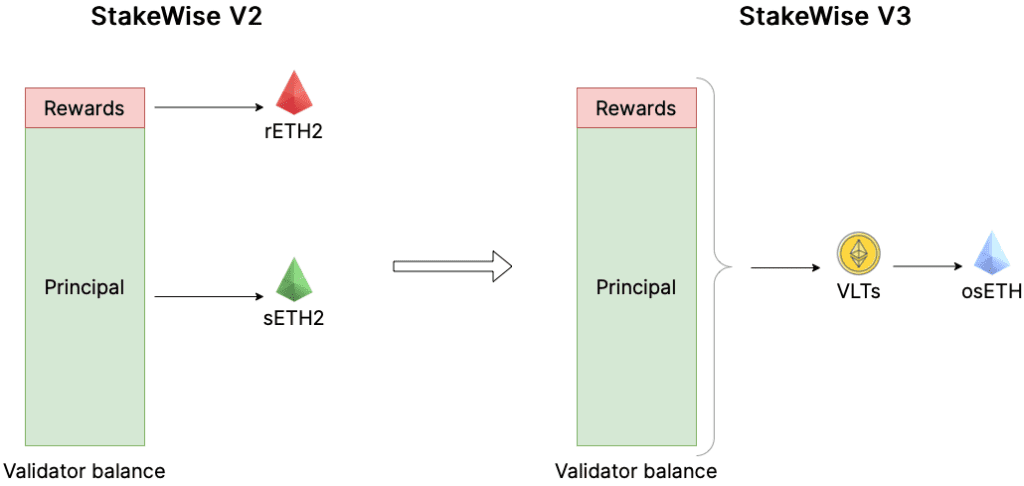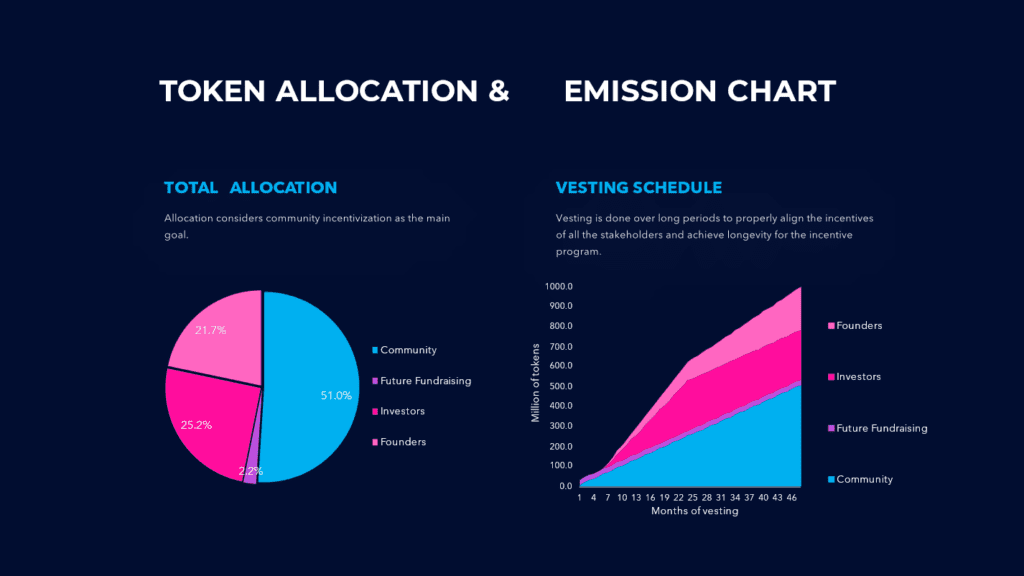Stakewise Review: Unlocks The Earnings Potential Of ETH2 And Boosting The Staking APR
StakeWise is a liquidity staking protocol that currently supports Ethereum and Gnosis. The protocol is run by the StakeWise DAO, whose main service is Ethereum liquidity staking. Let’s learn details about this project with Coincu through this Stakewise Review article.

Users are already being rewarded for staking Ethereum 2.0 and putting their ETH into the staking contract.
Unfortunately, managing Ethereum staking independently requires quite a bit of technical knowledge, and most users don’t want to deal with node outages and the potential penalties that come with them. Additionally, by explicitly removing the user’s ability to use the staked ETH during the current DeFi bull run, ETH is locked up within the ETH2 staking contract.
Staking-as-a-service (SaaS) solutions are available for customers that want to take advantage of ETH staking but still want to benefit from additional ease. These systems solve many of the aforementioned issues. StakeWise will be the subject of this evaluation.
What is StakeWise?
StakeWise is a liquid staking protocol that currently supports Ethereum and Gnosis. The protocol is run by StakeWise DAO, whose primary service is staking Ethereum liquidity.
Users can stake their ETH through the StakeWise Pool on the protocol, and then obtain liquid staking derivatives sETH2 as a pledge certificate. At the same time, as time increases, the staking rewards will be accumulated in the form of rETH2 and distributed to the stakers. Both sETH2 and rETH2 can be used to earn extra income in external DeFi protocols.
Like other liquidity staking platforms, StakeWise charges a percentage of staking rewards as a fee. Its fee structure is similar to Lido Finance; that is, the platform charges 10% of the pledge reward (rETH2) as a service fee. Among them, 5% will be allocated to node operators; the remaining 5% will be allocated to StakeWise DAO.
Underlying technology and security
The protocol has released its code base on Github, including its smart contracts, oracle machines for reward distribution and other technical documents.
As of January 30, 2023, it has conducted a total of 6 code audits, the latest in September 2022. The audit content includes project-related codes such as its liquid pledge derivative token sETH2, reward token rETH2, and StakeWise Pool.
According to the results of the audit report published on its GitHub, none of its code found any serious or high-level security issues. Most of the security issues identified in the report were low to medium-risk or information-type security issues, and most of them have been resolved.
The protocol, in partnership with Immunefi, launched its bug bounty program on May 31, 2022, with a maximum reward of $200,000. As of January 2023, it has not had any crisis incidents affecting security. Now, the Stakewise Review article will learn about the project’s roadmap.
Roadmap and progress
StakeWise started in 2020. In May of the same year, it joined the Topaz testnet and launched its initial test version, and then successfully migrated to the Ethereum testnet Medalla on August 12.
The v2 beta version of StakeWise launched on November 5, 2020, and joined the Pyrmont testnet for final testing in December. In addition, the protocol also completed a $2 million private financing round led by Greenfield One prior to the public launch of the mainnet. On March 8, 2021, StakeWise was officially launched on the Ethereum mainnet.
As of January 2023, it officials have not publicly disclosed any project-related development roadmap. However, its official media accounts, such as Twitter and Medium, will update the project’s operating status and short-term development plan in a timely manner. On September 29, 2022, StakeWise published an announcement on Medium, announcing its development plan for StakeWise v3.
According to disclosures, the ultimate goal of the v3 development is to reduce the centralization of ETH pledges and further decentralize the Ethereum network. Compared with the current version, the v3 version has two main innovations:
- Vault network
- Over-collateralized liquidity derivatives osETH
At present, most liquidity staking protocols will select node operators for users, and users only need to deposit ETH to get staking rewards. The innovation made by StakeWise v3 is that it will allow any node operator to set up its own vault in StakeWise for users to deposit ETH.
The protocol scores all Vaults, and a Vault’s score depends on the verification technology adopted by its node operator, collateral status, operational performance, etc. Users can choose one of the Vaults to stake their ETH with reference to the score and earn staking rewards. Unlike other liquidity staking protocols, StakeWise v3 puts the right to choose nodes in the hands of users rather than focusing on a few large node operators selected by the project party.

In addition to the innovation of the Vault network, StakeWise v3 also transforms the previous dual-coin mechanism into a single-coin mechanism. In v3, sETH2 and rETH2 tokens will be replaced by Vault tokens (VLT). It exists as a single staking token that will reflect the value of both deposits and staking rewards. However, VLT itself cannot release liquidity, and VLT holders need to pledge VLT to generate liquidity derivatives osETH to obtain liquidity.
It is worth noting that, unlike general liquid derivatives, StakeWise designed osETH as an over-collateralized liquid derivative in order to reduce potential losses in the Vault. For example, staking 100 ETH worth of VLT from a certain vault will allow the user to mint up to 95 ETH worth of osETH, and the remaining 5 ETH worth of VLT will serve as insurance. In addition, according to StakeWise, in addition to staking VLT to obtain osETH, users can also trade osETH directly in the secondary market.

Native Governance Token
SWISE is the native governance token issued by StakeWise. Its function is relatively single, and it is currently only used for decentralized governance. The total supply of SWISE is 1 billion. According to the protocol, 51% of the SWISE supply will be allocated to the community, and 49% will be held by the founding team and investors. The initial date of token unlocking is April 1, 2021, and it will be fully released within 4 years. The specific distribution and unlocking plan are as follows:

Liquid pledge derivative token
Unlike Rocket Pool, Lido Finance, and other liquidity staking agreements that use a single token, StakeWise currently uses a dual-token mechanism that separates principal and interest. Therefore, in addition to the native governance token mentioned above, its utility token also includes two tokens: sETH2, a liquid staking derivative token, and rETH2, a staking reward token.
sETH2, as the proof for users to pledge ETH on StakeWise, will be sent to ETH pledgers in the StakeWise Pool at a ratio of 1:1 (that is, depositing 1 ETH will receive 1 sETH2); while the rewards generated during the pledge period will be It will be distributed to stakers in the form of rETH2 (rETH is also linked to ETH 1:1). Over time, rETH2 representing staking rewards will accumulate, while sETH2 as the principal will remain the same.
According to StakeWise, this dual-currency mechanism can not only help users manage income more flexibly but also divide the assets held by users into different categories for risk isolation so as to avoid impermanent losses when providing liquidity. In addition, in addition to liquidity use cases in external DeFi protocols and inside StakeWise, stakers can also choose to exchange rETH2 for sETH2 to obtain more compound staking returns.
Token secondary market performance
Currently, the secondary market performance of StakeWise’s three tokens SWISE, sETH2 and rETH2, is relatively poor. As of February 3,2022, SWISE’s 24h spot trading volume is only $0.67 million. The 24h trading volume of its liquid derivative token sETH2 is less than $50,000, which is only 0.05% of the trading volume of the liquid mortgage derivative stETH issued by Lido Finance. As of February, SWISE can be traded on Uniswap V3, 1inch Liquidity Protocol and Bitforex exchange.
Ecological development
The project development time of StakeWise is similar to that of Lido Finance, and the mainnet launch time of the two projects is only 4 months apart (Lido is December 2020). But the amount of ETH staked in the two projects is vastly different.
In terms of DeFi use cases, there are currently relatively few DeFi protocols that support StakeWise. In addition to StakeWise’s own liquidity mining plan, the current DeFi protocols that support sETH2 and rETH2 only include Uniswap V3 and 1inch Liquidity Protocol.
StakeWise also has a relatively small community. Although StakeWise operates its communities on Twitter, Telegram, Discord, and Medium, its best-run Twitter account has only over 8,000 followers, and the community activity is low.
Conclusion of Stakewise Review
Obviously, although StakeWise’s liquidity staking dual currency mechanism is unique, it has not attracted users. Since the launch of the independent network, its market share has not made a significant breakthrough, and it has been overtaken by protocols such as Rocket Pool and Frax Finance, and its presence is relatively low. The relevant use cases of its liquid mortgage derivatives in DeFi are also slightly insufficient, and the overall liquidity is relatively low.
As such, the upcoming v3 release of StakeWise could be a crucial turning point for the project. Whether the Valut network in the v3 version and the over-collateralized liquidity derivative osETH can bring a new atmosphere to the project and attract more pledged users will be the focus of StakeWise’s next development.
At the same time, like Lido Finance, adding more usage scenarios of DeFi protocols for its liquid pledged tokens, providing users with more choices and releasing liquidity is also one of the things that StakeWise needs to consider next. But all the results will not be known until v3 is released. Hopefully the Stakewise Review article has helped you understand more about the project.
DISCLAIMER: The Information on this website is provided as general market commentary and does not constitute investment advice. We encourage you to do your own research before investing.
Join us to keep track of news: https://linktr.ee/coincu
Harold
Coincu News





















